In today's fast-paced digital world, maintaining a consistent and engaging presence on social media platforms is more important than ever. Whether you're managing a personal brand, a small business, or a larger organization, regular updates directly affect how your audience interacts with your content.
But here's the challenge: manually publishing posts every day is not only time-consuming but also inefficient. So, how can you efficiently schedule a post on Facebook to optimize your reach and free up valuable time?
In this article, I'll walk you through the key benefits of post scheduling and offer a detailed, hands-on guide.
Part 1. Why Schedule Facebook Posts?
If you've ever found yourself scrambling to post something at the last minute, or worse, forgetting to post altogether, then you already know one major reason to schedule your Facebook posts: consistency.
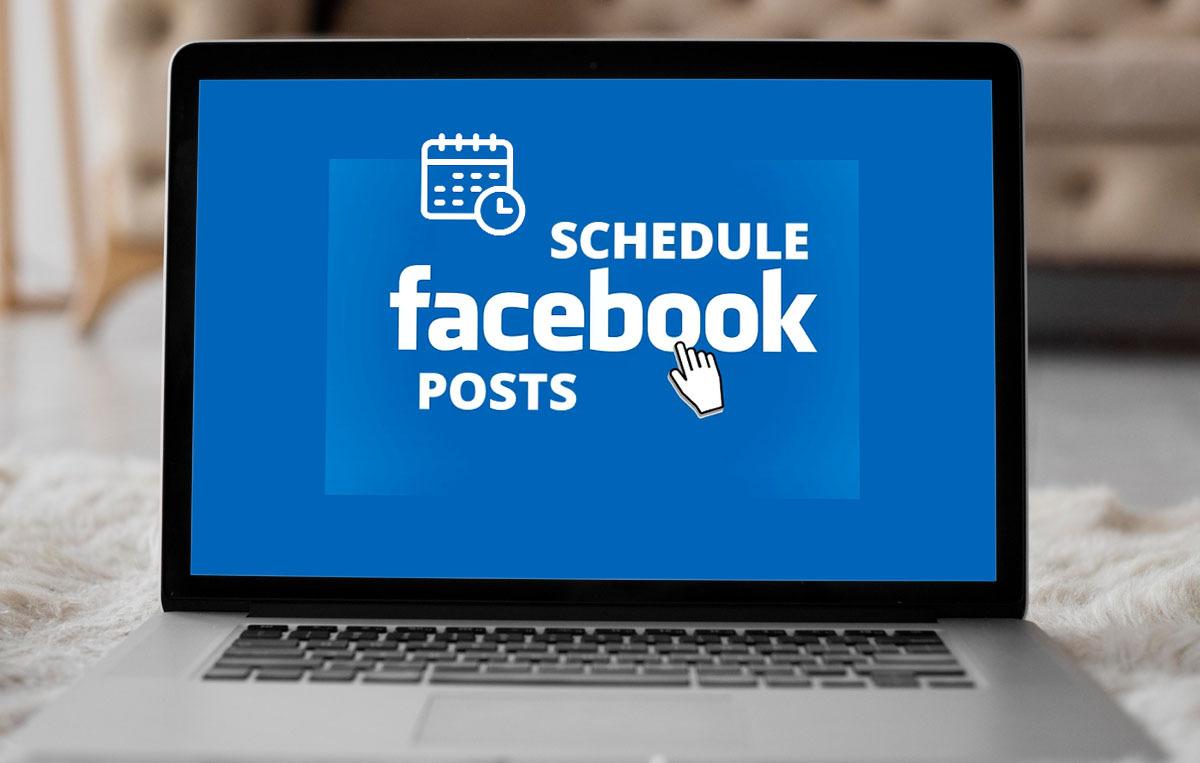
Here are the key benefits of scheduling posts on Facebook:
1. Save Time and Stay Organized
When you schedule your posts in advance, you batch your content creation into a single session. This eliminates the need to log in every day and think about what to post. For individuals or teams managing multiple pages or campaigns, it's a massive time-saver.
2. Post at Peak Engagement Times
Your audience might be most active at times when you're not. Scheduling allows you to hit those engagement sweet spots, even if it's outside working hours or during weekends. This helps improve visibility, reach, and interaction.
3. Maintain Consistency Across Platforms
Whether you're a solo content creator or part of a marketing team, consistent posting builds trust and keeps your audience engaged. Scheduling helps you avoid gaps in your posting calendar, which is especially important for brand perception.
4. Plan Campaigns Strategically
Need to roll out a week-long promotion or drip content across several days? With post scheduling, you can plan and align your Facebook posts with launches, events, or seasonal content without rushing at the last minute.
5. Reduce Manual Errors
Manually posting under pressure often leads to typos, broken links, or forgotten hashtags. Scheduling gives you time to proofread and ensure everything is exactly how you want it.
6. Monitor and Adjust Performance
Some third-party tools let you track how each scheduled post performs, helping you refine your content strategy based on actual results, not just guesswork.
From my experience, the real power of scheduling is how it frees up mental space. Instead of worrying daily about what to post, you shift into a proactive mindset, creating with purpose, not pressure.
Part 2. How to Schedule a Post on Facebook
Tips for Scheduling a Post on Facebook
Before jumping into the step-by-step methods, here are a few practical tips I recommend for anyone learning how to schedule a post on Facebook, whether it's on a business page, mobile phone, or even a personal account (with workarounds).
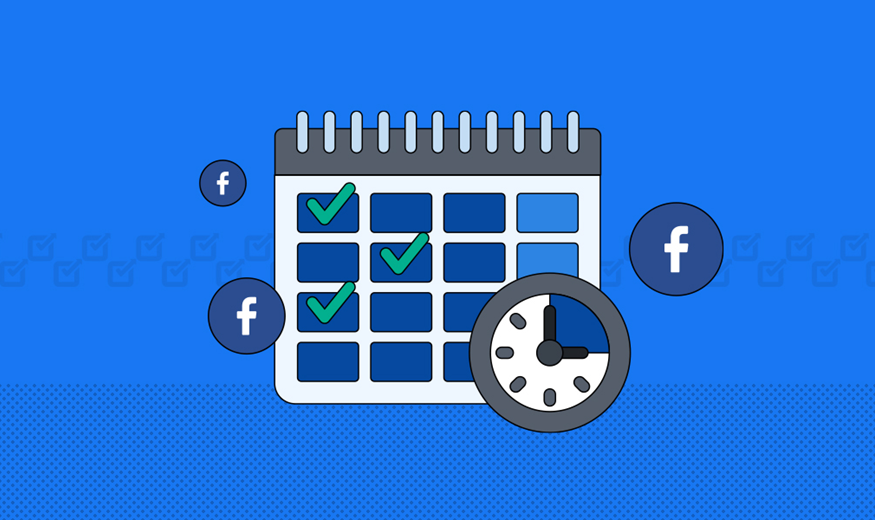
1. Understand the Limitations
Facebook only allows post scheduling directly through Meta Business Suite for business or creator pages. If you're trying to figure out how to schedule a post on a Facebook personal account, you'll need third-party tools (which we'll cover below) because Facebook does not support this feature natively for personal profiles.
2. Use Insights to Schedule Smarter
If you're running a Facebook Page, take time to analyze your audience insights. Look at when your followers are most active; this can help you schedule posts for maximum reach and interaction.
3. Don't Overload the Queue
It's tempting to schedule a ton of posts all at once. But from experience, quality always trumps quantity. Avoid flooding your audience's feed. Instead, aim for consistent, well-thought-out content that adds value.
4. Test and Tweak Your Posting Time
There's no universal "best time" to post. What works for one audience might not work for another. Experiment with different posting times and review the results using analytics tools in Meta Business Suite or third-party platforms like Hootsuite.
5. Include Rich Media
Posts with visuals, like images or videos, tend to perform better. When scheduling, make sure your media is high-quality, relevant, and properly formatted.
From personal experience, I've found that scheduling posts at least two to three days in advance gives me room to tweak content or update promotions as needed. It's a small effort that brings big returns in consistency and peace of mind.
Method 1: Using Meta Business Suite
If you're managing a Facebook business page, the most reliable and free way to schedule posts is through Meta Business Suite, Facebook's official content management tool.
Here's a step-by-step guide on how to schedule a post on Facebook using Meta Business Suite:
Step 1: Log in to Meta Business Suite
Visit business.facebook.comand log in with the account connected to your Facebook Page.
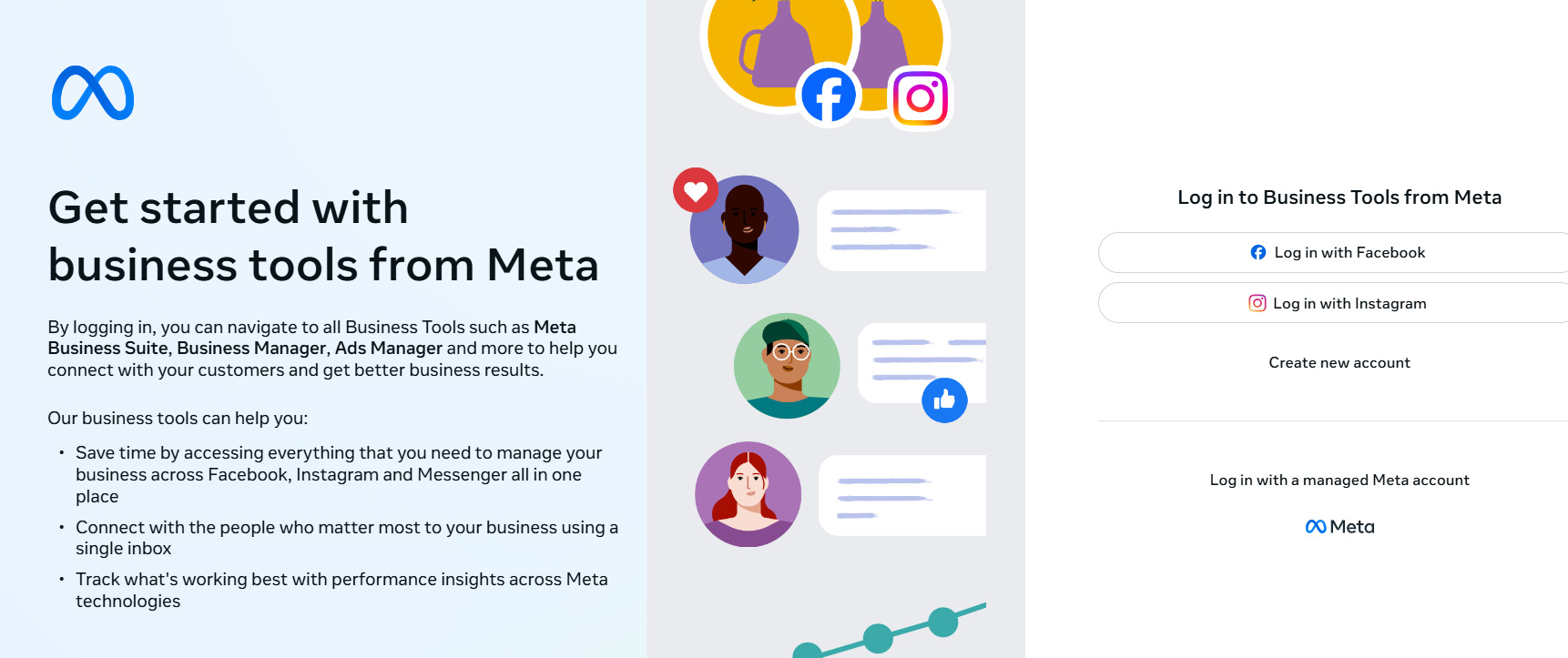
Step 2: Select Your Page
On the left sidebar, choose the Facebook Page you want to manage. This is especially important if your account has access to multiple pages.
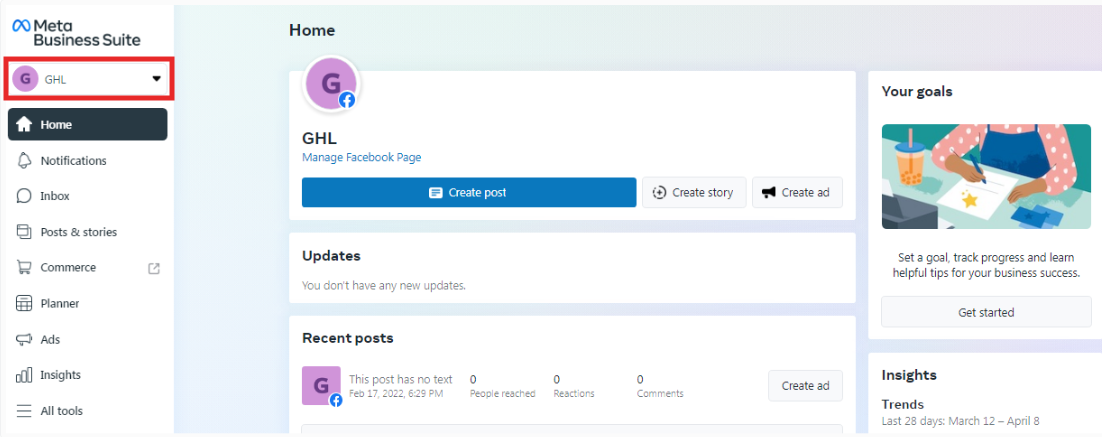
Step 3: Create a New Post
Click 'Create post'. A new window will appear where you can write your content, add media, and preview the post.
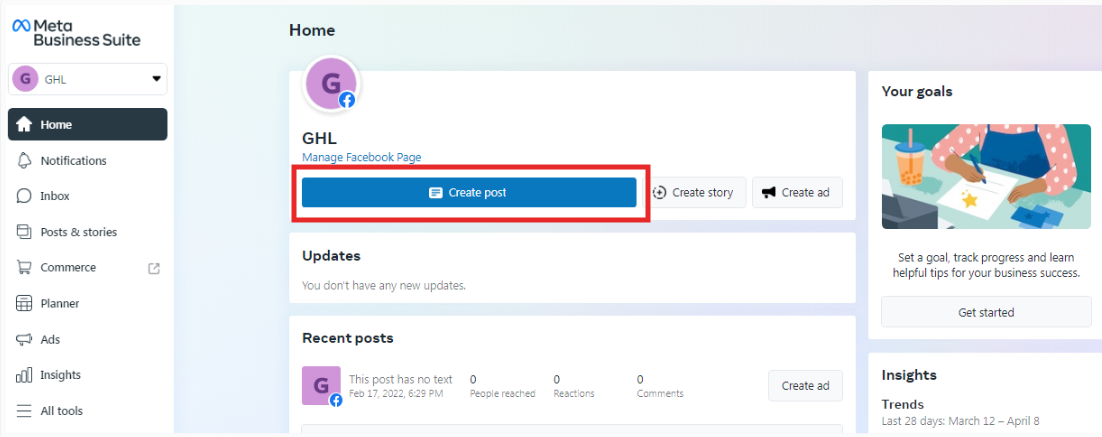
Step 4: Select Date and Time
Pick the date and time you want the post to go live. Make sure the time aligns with when your audience is most active.
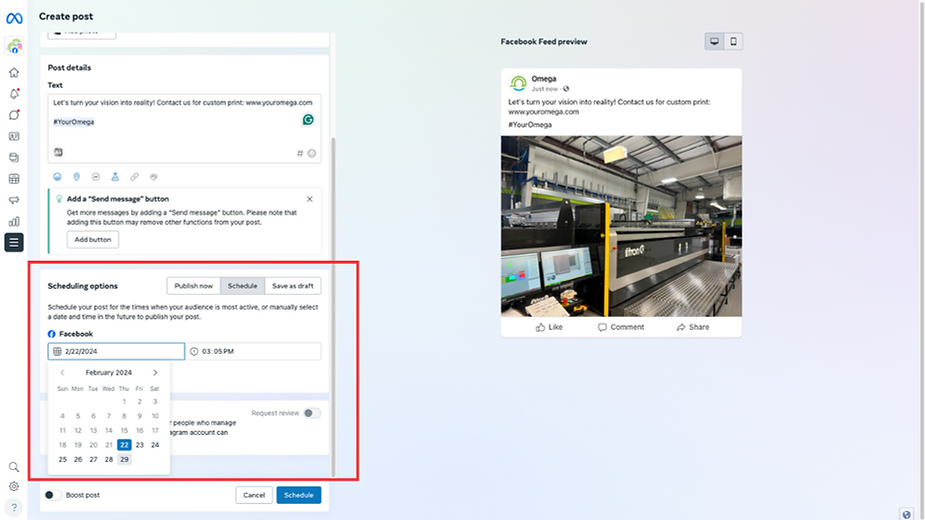
Step 5: Choose 'Schedule' Instead of 'Publish'
After creating your post, click the arrow next to the'Publish' button and select 'Schedule post'.
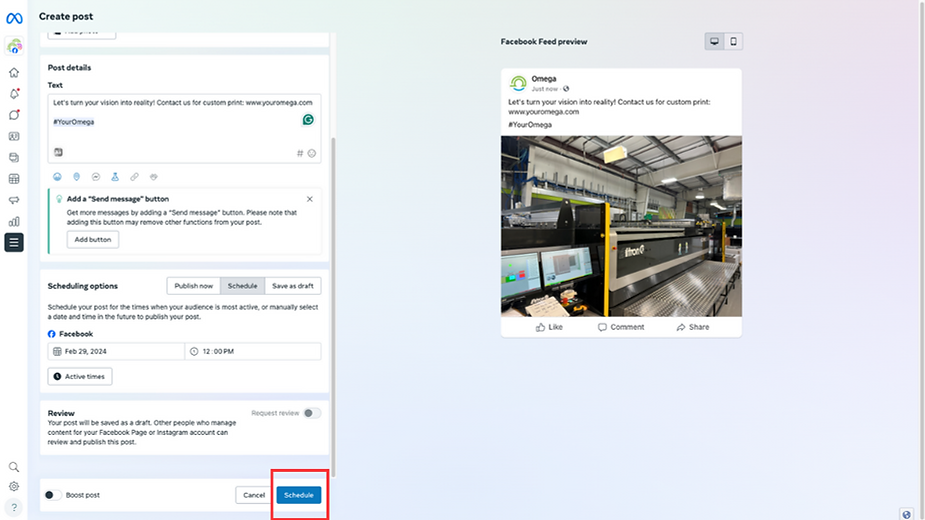
From my perspective, Meta Business Suite is the ideal solution for most small to mid-sized businesses. It's free, reliable, and integrates directly with your Facebook and Instagram accounts. While it doesn't offer advanced analytics like some paid tools, it covers all the basics, and that's more than enough for most users.
Method 2: Using Third-Party Tools
While Meta Business Suite is great for most use cases, some users, especially teams managing multiple platforms, prefer advanced tools. One such option is Brandwatch, a professional-grade social media management suite. Let's look at how to schedule Facebook posts using Brandwatch.
Tool 1: Brandwatch
Brandwatch is a robust platform that offers content scheduling, audience analysis, social listening, and performance reporting across multiple platforms, including Facebook. It's ideal for businesses looking to go beyond basic scheduling.
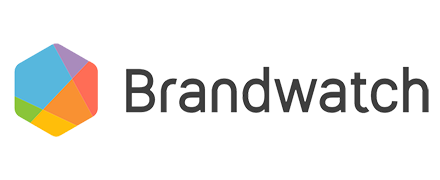
Features
Multi-account post scheduling
Real-time collaboration
Content calendar with drag-and-drop interface
AI-assisted post suggestions
Custom workflow approval for teams
Pros:
Clean, intuitive UI
Powerful analytics and sentiment tracking
Supports Facebook, Instagram, Twitter, LinkedIn, and more
Useful for agencies and brands with multiple clients
Cons:
More expensive than most tools
It might be overkill for individual creators
Some features are behind higher pricing tiers
How to Use Brandwatch to Schedule a Post on Facebook
Step 1: Log in to Brandwatch
Visit Brandwatch Suite and sign in using your credentials.
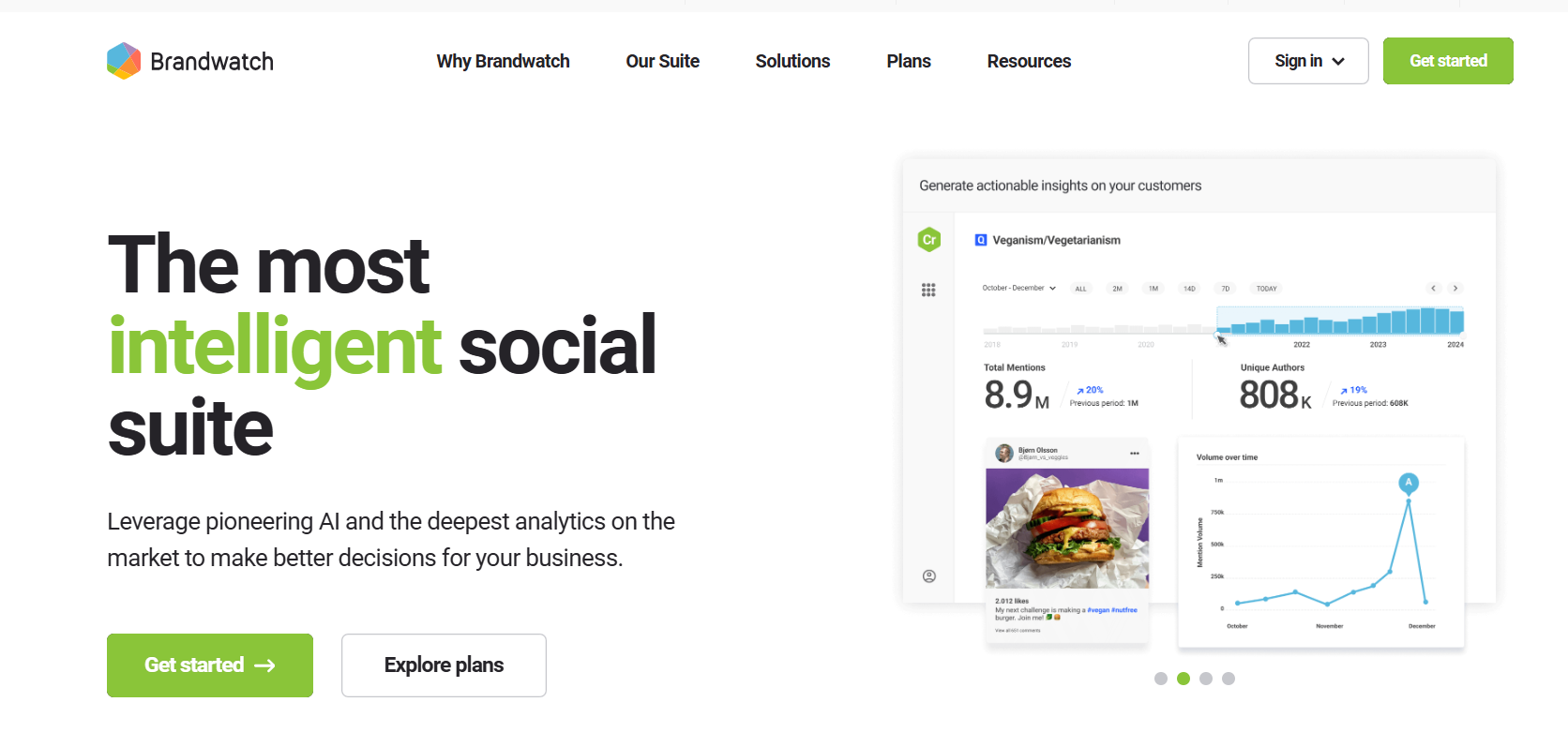
Step 2: Navigate to 'Publish'
Go to the 'Publish' section from the left sidebar to access the content scheduling area.
Step 3: Click 'Create Post' and Choose Facebook
Click on 'Create Post', then choose the Facebook account or page where you want the post to appear.
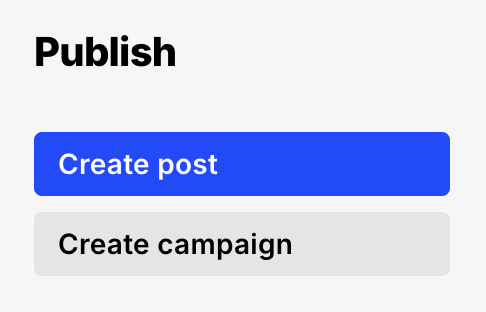
Step 4: Compose Your Post
Write your text, add media files (images, videos, links), and preview how it will appear on Facebook.
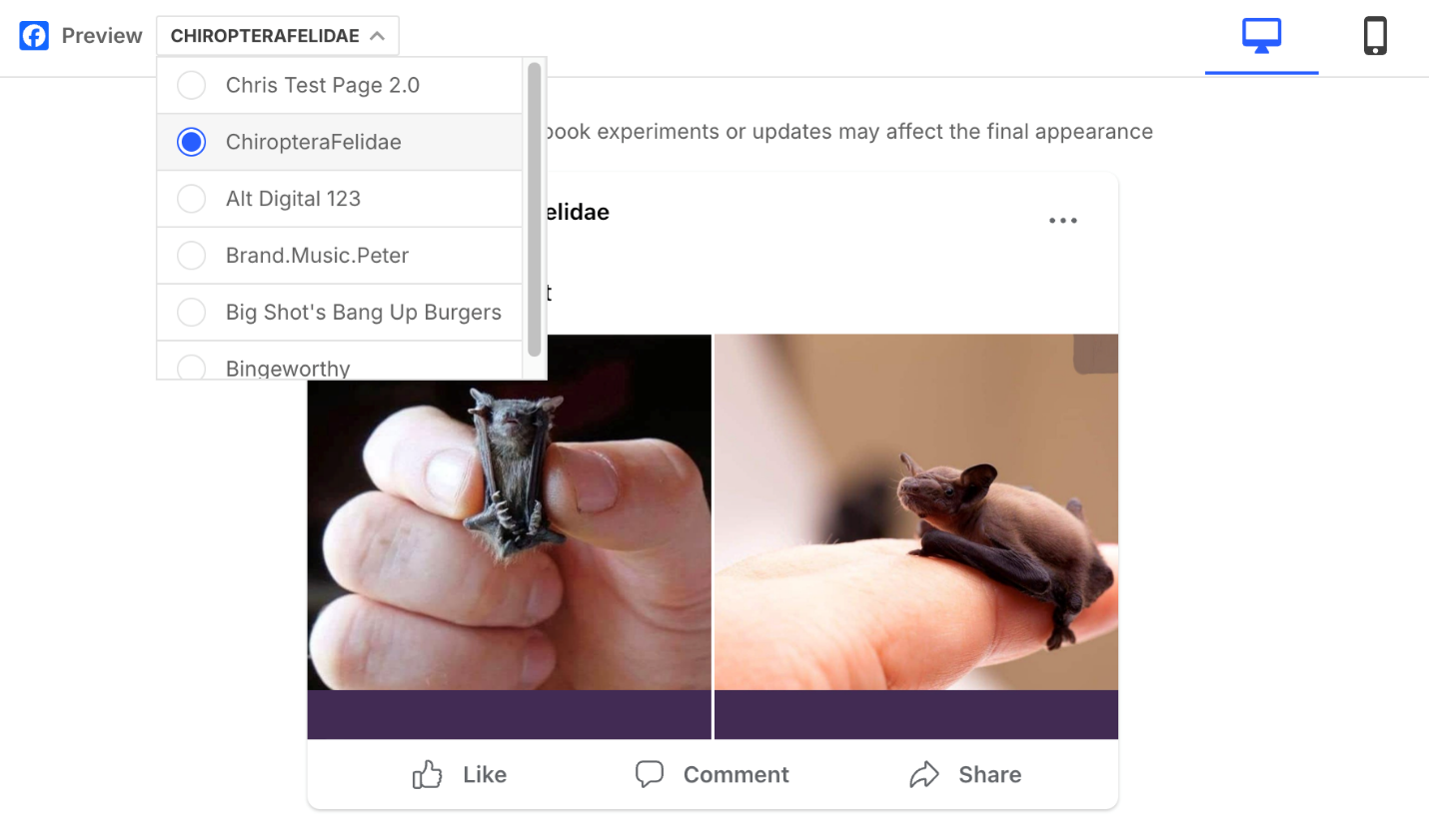
Step 5: Schedule It
Instead of publishing immediately, click the calendar icon or 'Schedule' button. Select your desired date and time.
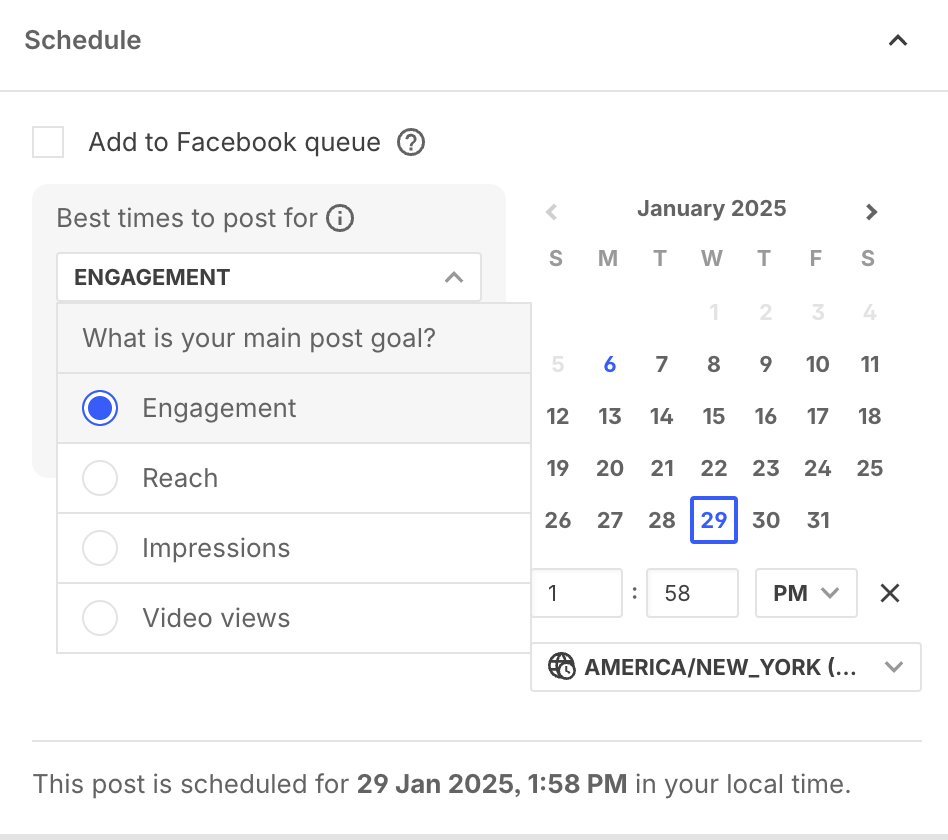
Step 6: Confirm and Save
Once all details are set, click 'Schedule' to finalize. Your post will now be queued for automatic publishing.
In my experience, Brandwatch is best suited for users who need more control, collaboration, and deeper insights into their content strategy. If you're managing multiple brands or need approval workflows, this tool gives you that flexibility.
However, if you're simply learning how to schedule a post on Facebook on a mobile phone or desktop and want something lightweight, this may be more than you need.
Tool 2: Hootsuite
Hootsuite is one of the most popular social media management platforms. It supports scheduling, monitoring, and analyzing content across multiple social networks, including Facebook, Instagram, Twitter, and LinkedIn. It's especially friendly for beginners and small teams looking to automate posting efficiently.
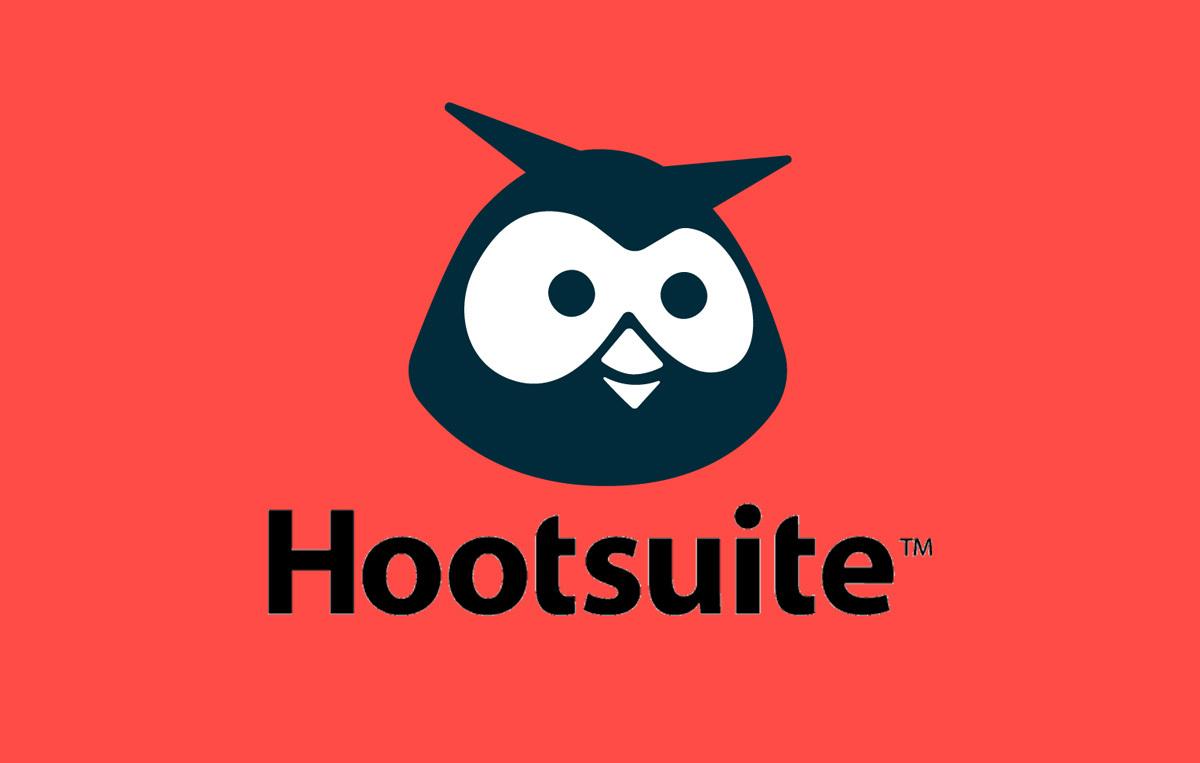
Features
Unified dashboard for multiple social accounts
Drag-and-drop calendar for visual planning
Bulk post scheduling
Post-performance analytics
Chrome extension for fast scheduling on the go
Pros and Cons
Pros:
Simple user interface
Free plan available for basic use
Integrates with Canva for quick image design
Supports Facebook personal profiles via content stream (view only) and Pages for full scheduling
Cons:
Limited features on the free plan
Advanced analytics and approval workflows are only available on paid plans
The mobile app has fewer scheduling capabilities
How to Use Hootsuite to Schedule a Post on Facebook
Step 1: Sign in to Hootsuite
Go to hootsuite.comand log in. Connect your Facebook Page if you haven't already.
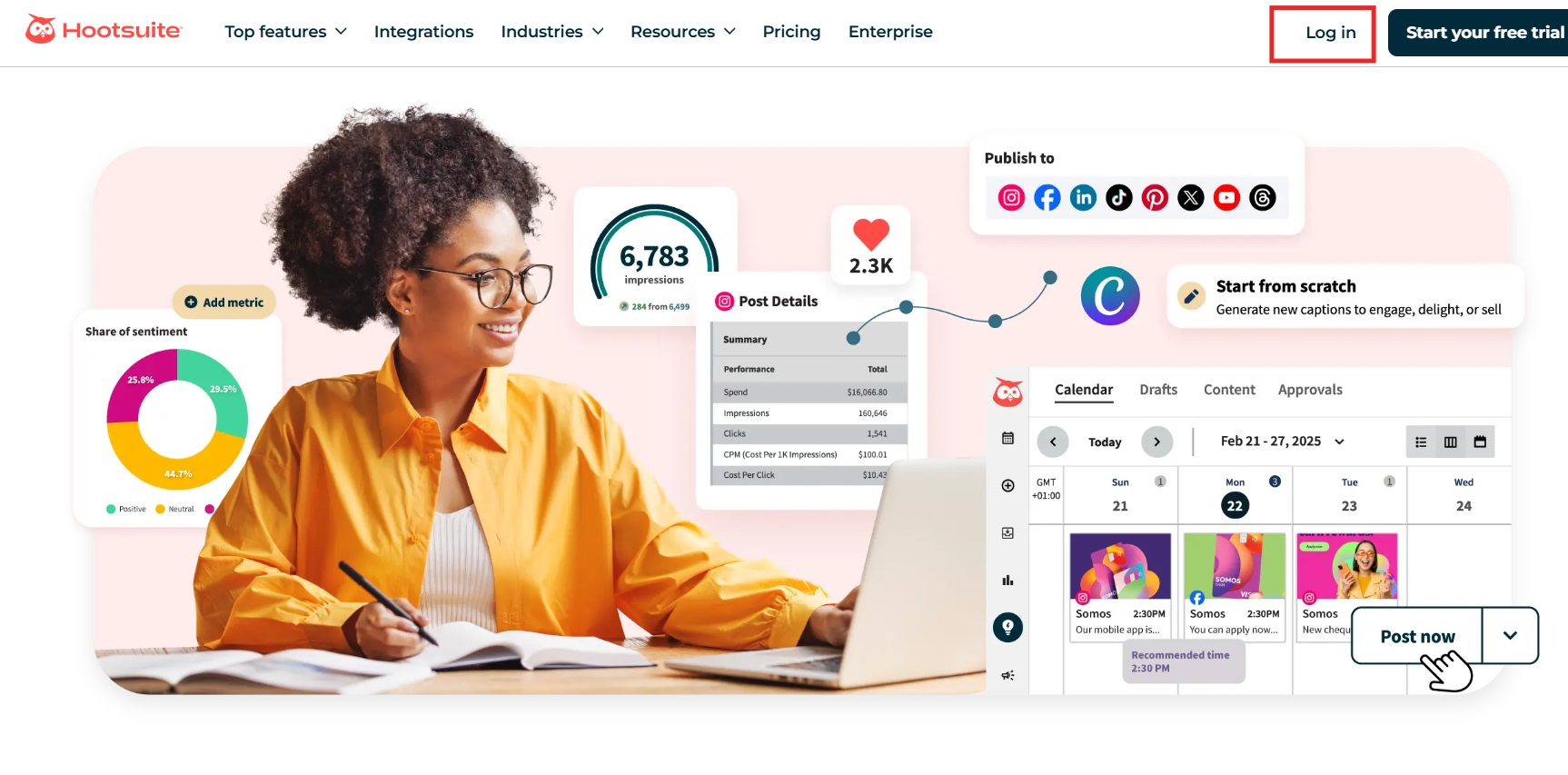
Step 2: Click 'Create'
At the top left, click the 'Create button. This opens the post creation panel.
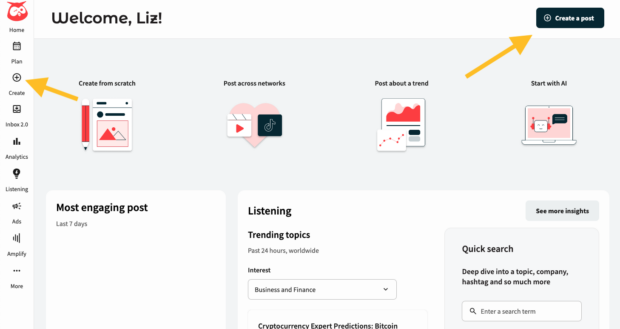
Step 3: Write and Design Your Post
Add your message, include images or links, create captions, and preview how it will look on Facebook.
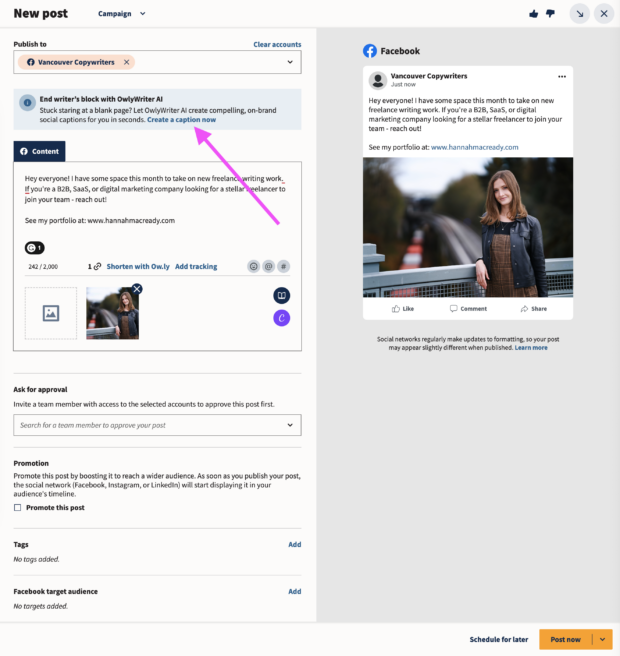
Step 5: Schedule the Post
Click on the Schedule for later, choose your preferred publishing date and time, and click'Schedule'.
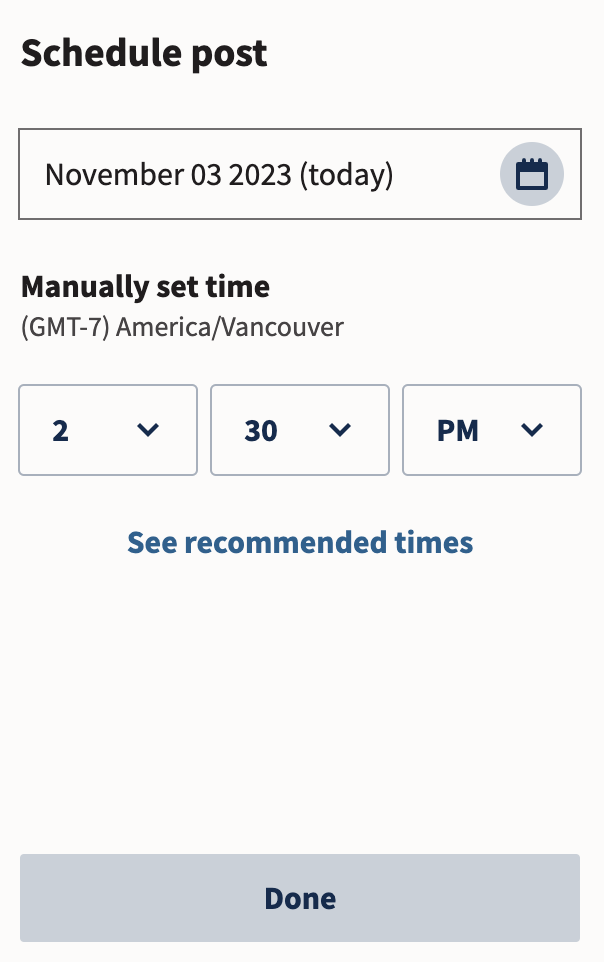
In my opinion, Hootsuite is a fantastic middle ground for users who find Meta Business Suite too basic but don't need the deep analytics of a tool like Brandwatch. Especially for beginners, learning how to schedule a post on Facebook on mobile through Hootsuite's app can be straightforward, although it's better to use the desktop version for full control.
Part 3. Complementary Tool: Toolsmart Facebook Video Downloader
Now that you've mastered how to schedule a post on Facebook, whether through Meta Business Suite, Hootsuite, or Brandwatch, you may run into another common need: saving Facebook videos.
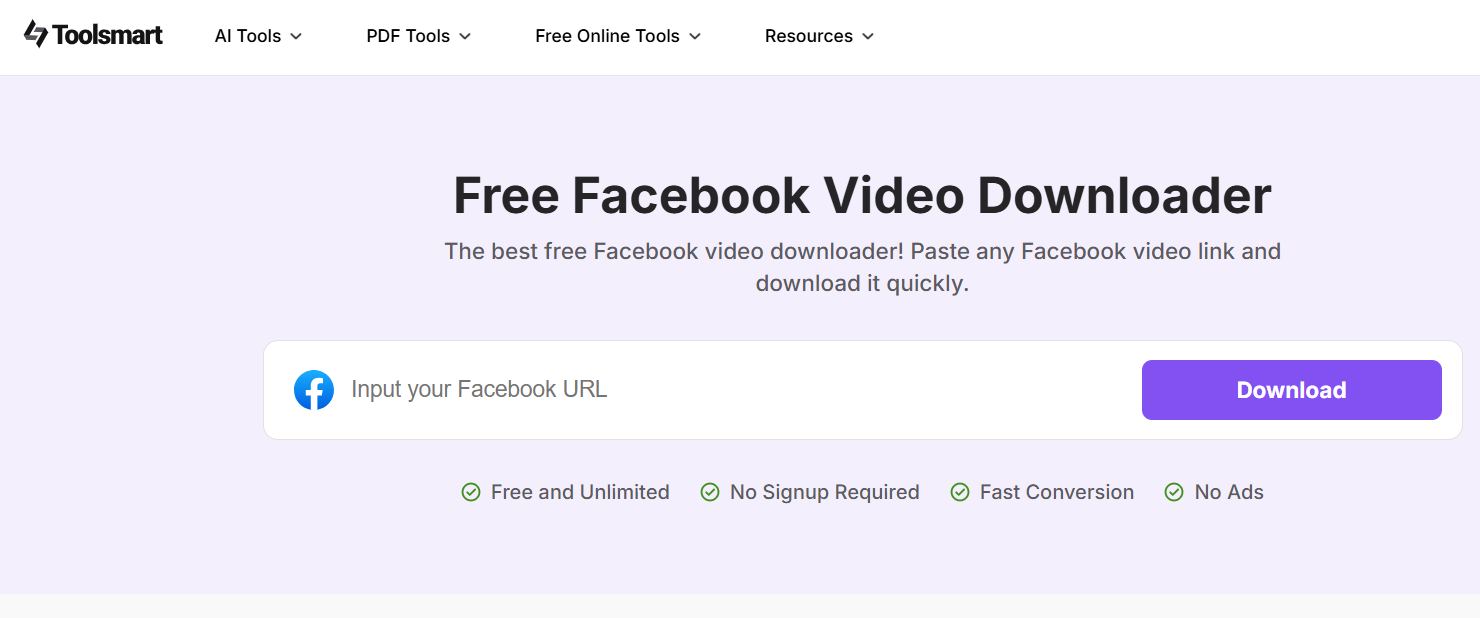
This could be for reposting approved content, referencing past posts, or sharing to other platforms. In such cases, a reliable downloader becomes essential.
Let me introduce a tool I've found incredibly helpful: Toolsmart Facebook Video Downloader.
What is Toolsmart Facebook Video Downloader?
Toolsmart Facebook Video Downloader is a free, web-based tool that lets you download Facebook videos in high quality. Whether you're saving live streams, reels, or UGC for future use, Toolsmart handles it without watermarks, signups, or payment.
Features
100% Free to Use
Supports HD and SD video downloads
Works with Facebook Reels, live videos, and stories
No login or software installation required
Compatible with mobile and desktop browsers
Pros:
Simple and clean interface
No watermark on downloads
Fast conversion and download speed
Doesn't require account access
Compatible with public Facebook videos
Cons:
Cannot download private or restricted content
No in-app trimming or editing features
How to Use Toolsmart Facebook Video Downloader
Using Toolsmart is as easy as copying and pasting. Here's how it works:
Step 1: Copy the Video Link
Go to Facebook, find the video you want to download, and click'Copy link' from the Share menu.
Step 2: Visit Toolsmart
Head to the official site: https://www.toolsmart.ai/feature-free-facebook-video-downloader
Paste the copied link into the download bar.
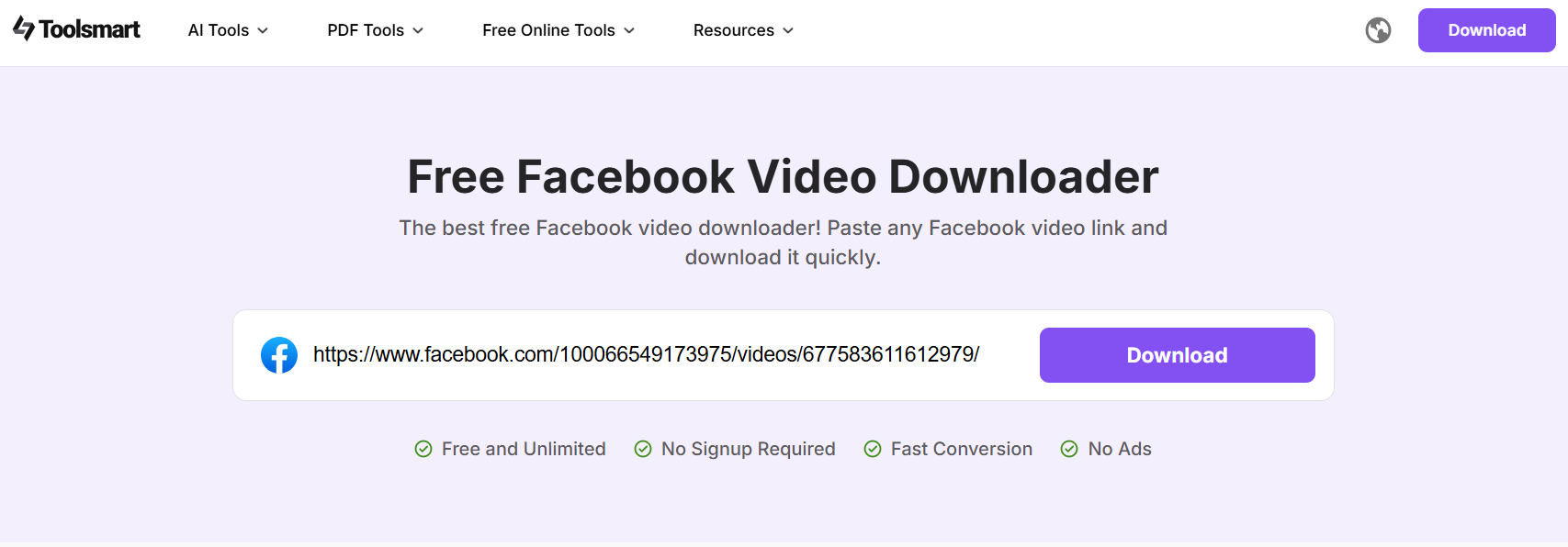
Step 3: Click Download
Choose the desired video quality (HD or SD) and click'Download'. The file will start saving automatically.
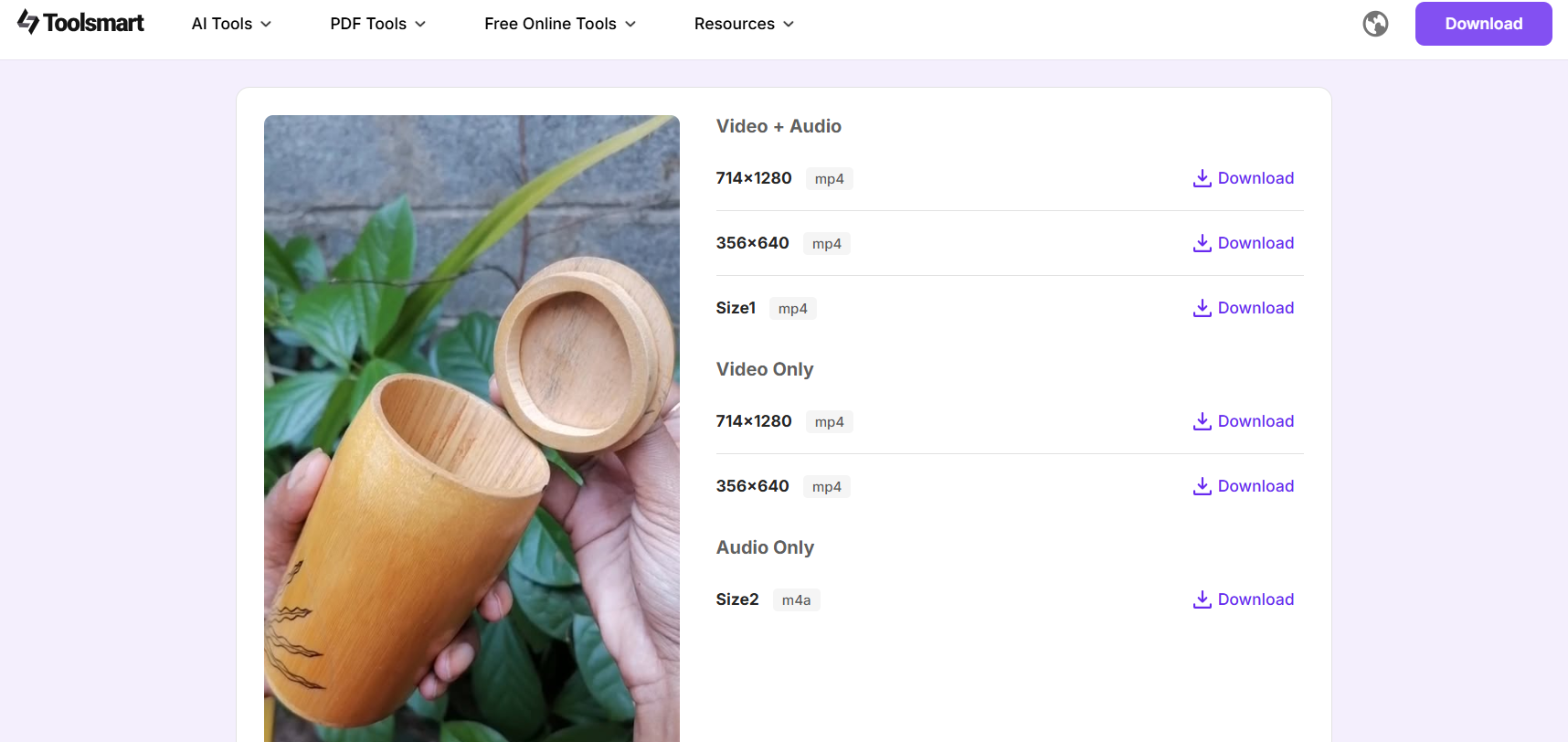
From my experience, Toolsmart offers a smoother, ad-free experience compared to many other Facebook video downloaders. I've used it multiple times to archive my own video content before repurposing it for other platforms. The fact that it's completely free and doesn't require installation is a huge bonus.
FAQs
1. Can scheduled posts be edited or canceled?
Yes. If you schedule a post using Meta Business Suite, you can view your upcoming posts in the Planner. From there, you can edit the content, change the scheduled time, or delete it entirely before it's published.
2. What's the difference between scheduling a post and publishing immediately?
When you publish immediately, your post goes live the moment you click "Post." When you schedule a post on Facebook, you choose a specific date and time, and Facebook will automatically publish it for you, which is great for staying consistent without needing to be online.
3. When scheduling videos, can I add captions or custom thumbnails?
Absolutely. In Meta Business Suite, you can upload SRT files for closed captions, customize the thumbnail image, and add titles and descriptions to optimize your video's engagement and accessibility.
4. Can I schedule posts from a personal Facebook account?
No, Facebook does not currently support post scheduling directly from personal profiles. If you're looking for a workaround on how to schedule a post on a Facebook personal account, you'll need to use trusted third-party tools like Hootsuite or post reminders.
5. How far in advance can I schedule posts?
You can schedule posts as far out as 6 months using Meta Business Suite. This is perfect for planning seasonal content, product launches, or evergreen campaigns well ahead of time.
6. Why can't I schedule a post on Facebook from my mobile?
If you're using the regular Facebook app, the schedule post option may not be available. To schedule from your mobile phone, you need to download the Meta Business Suite app or use third-party apps like Hootsuite that support mobile scheduling.
Summary
Learning how to schedule a post on Facebook is a smart move for anyone looking to save time, stay consistent, and maximize engagement, whether you're managing a business page, using a mobile phone, or exploring third-party tools like Brandwatch and Hootsuite. With step-by-step guides and helpful tips, you can now plan your content with confidence and efficiency.
And when it comes to downloading Facebook videos for repurposing or backup, Toolsmart Facebook Video Downloader is your go-to solution. It's free, easy to use, and packed with essential features, making it the perfect companion for managing content across your Facebook strategy.

